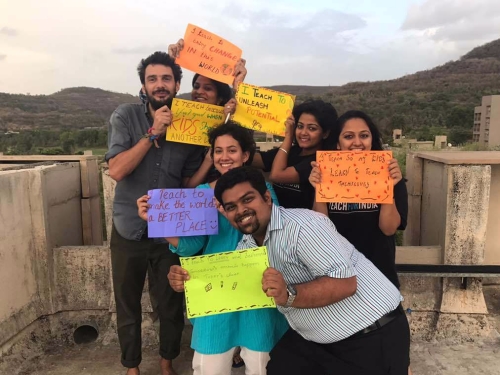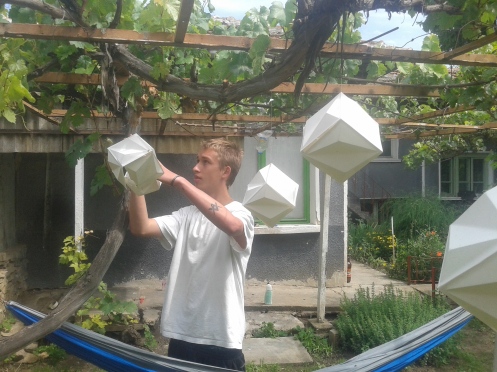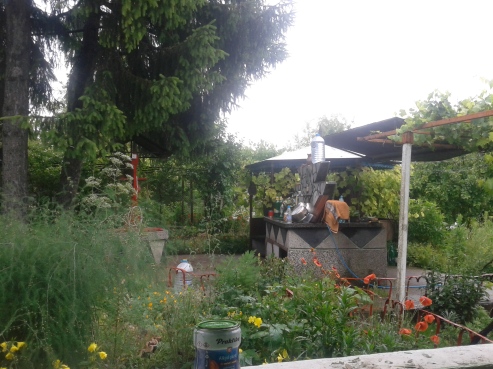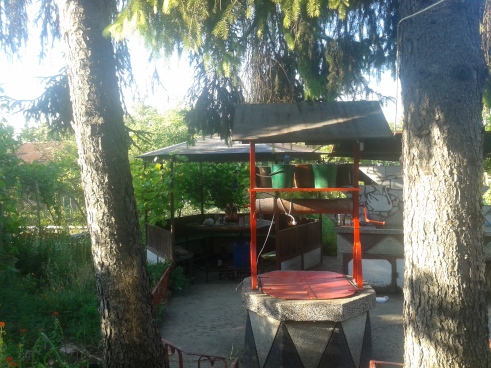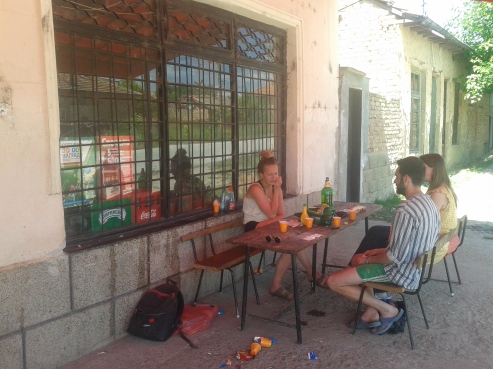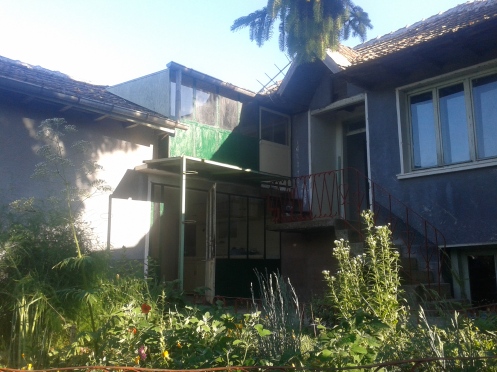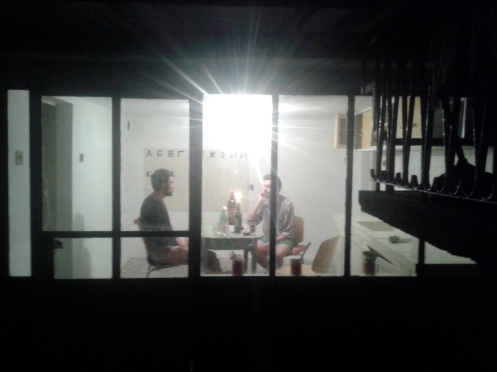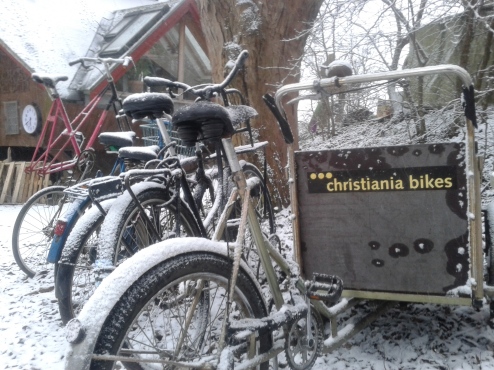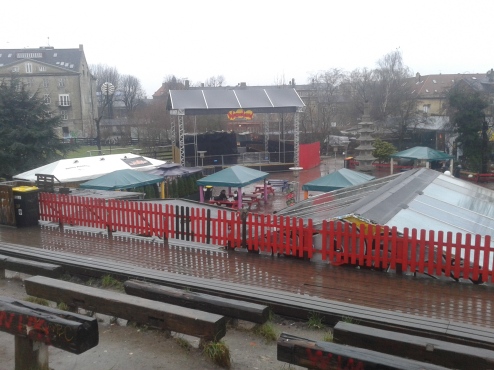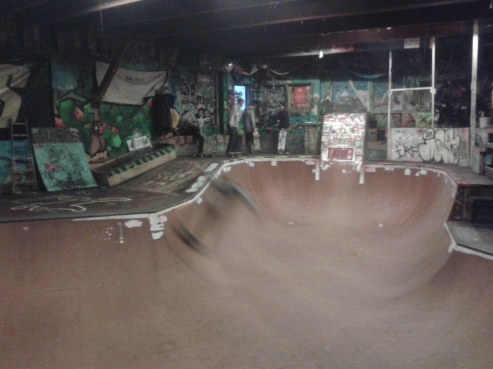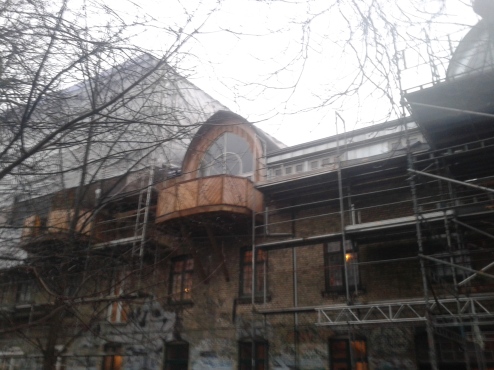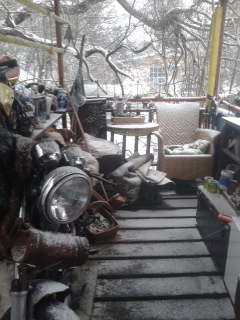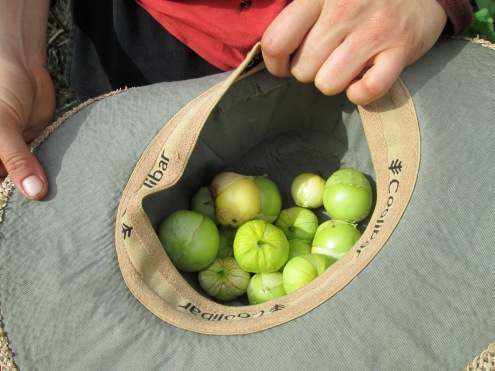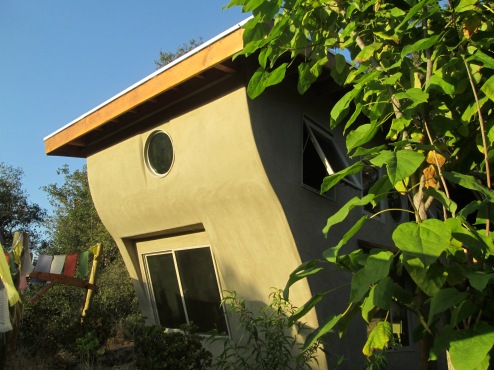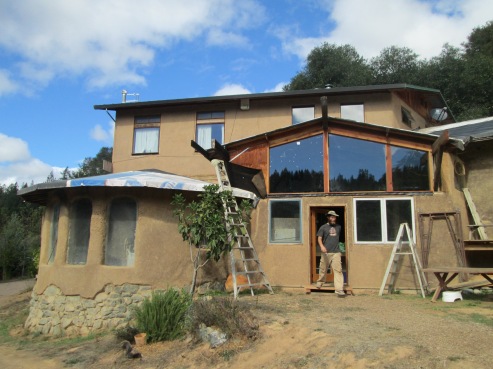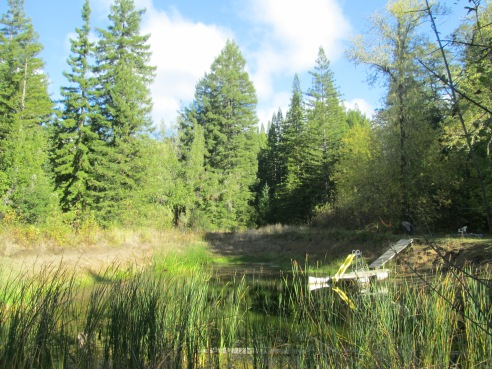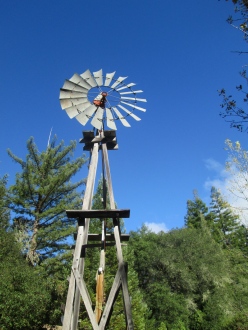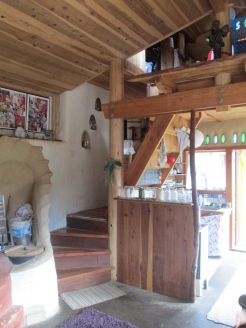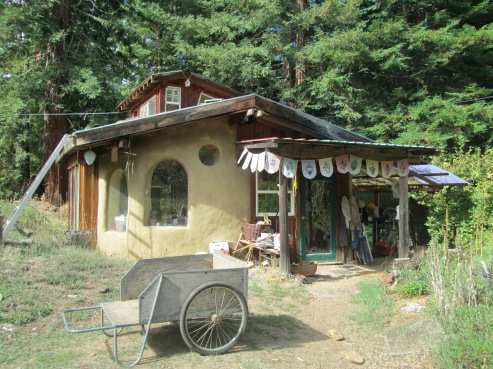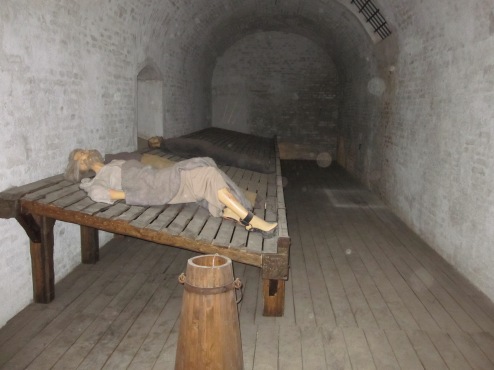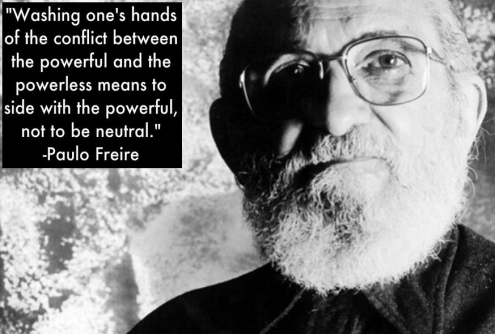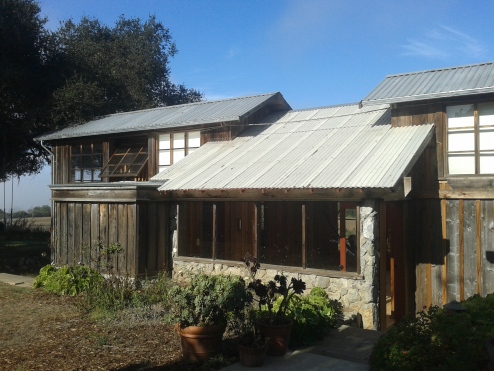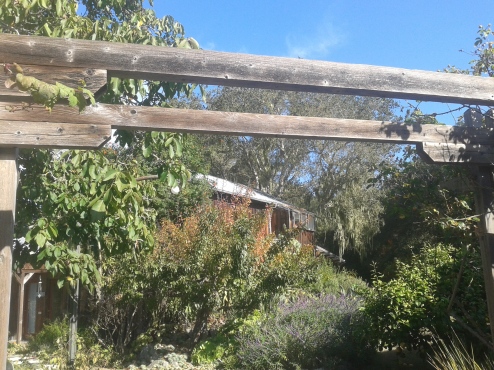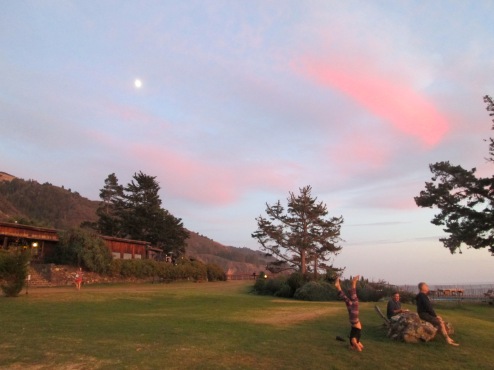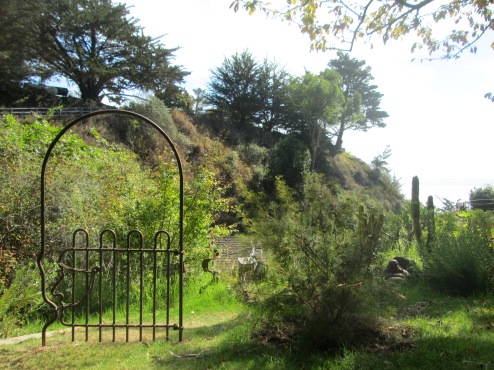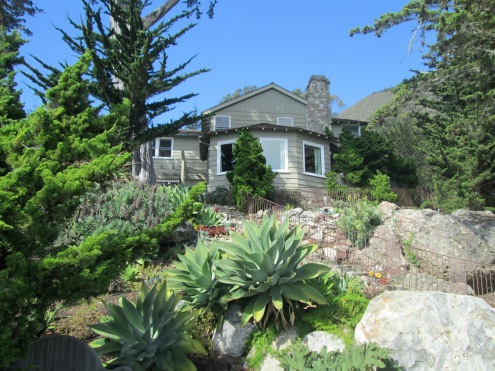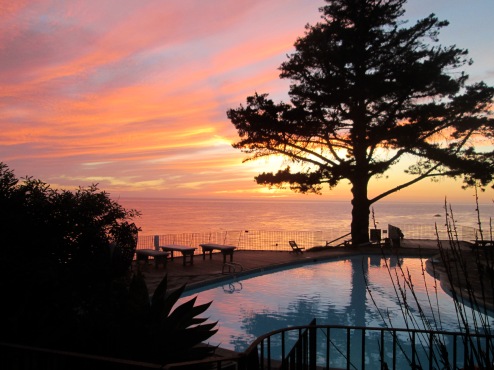MOTIVATION, MERITOCRACY, AND THE SOCIAL ENTREPRENEURS OF INDIAN EDUCATION

Quick warning for any of you waiting for an update on the next hot commune. This blogpost is not about an intentional community. Instead, it’s an exploration of a question that sits at the heart of the human condition and an attempt to link that question to the work I am currently doing as an anthropologist of education in India.
Anthropologist of education in India? Apparently so. It’s almost exactly three years since my last blogpost and since then I’ve made the transition back into academia: I’m now doing a PhD at the University of Sussex and conducting immersive fieldwork in schools set up by educational entrepreneurs in Delhi, India. One of the central questions of my research is: what motivates young graduates to launch their own social entreprises aimed at providing educational opportunities to India’s poorest children? More generally I continue to wonder: what motivates anyone to do anything?
One of the reasons I started this blog in 2014 was to help me process what I was learning from visiting intentional communities. One of the questions I had at the time was: what motivated people to step out of mainstream society and build a community devoted to a different set of principles? I am now working alongside and simultaneously studying people who are trying to change the world in a different way. They work within mainstream society to provide a global education system with the hope that such a project will help make a world that has no need for idealist, sequestered intentional communities. They believe that if everyone on the planet receives a decent school education we will soon live in a fairer and happier world.
This blogpost explores who these social entrepreneurs of education are and what motivates them to work on the expansive and utopic question of providing every child in India with an ‘excellent education’.
Who wants to be a social entrepreneur?
Social entrepreneurs in India mainly come from one of two places: they quit corporate jobs due to disillusionment and use their background to launch a social enterprise, or they join a third sector fellowship program fresh out of university, build skills, knowledge, and confidence, then start their own social project. What links the members of both groups is that they all have experienced continual improvement as regards their financial and/or social status throughout life and see no reason why this journey should halt. They gain motivation from the simple fact that up until now they have never failed. This history explains their confidence, but not why they chose to start NGOs.
Why leave a job at Citibank to start an NGO that offers, for example, new skills to principals as to how best run their government schools? According to Aditya Natraj, founder of Kaivalya, he left Citibank because he was held up at gunpoint and realised that if he stayed in the corporate sector he would regret it on his deathbed. His is a classic tale of the self-satisfied pragmatist who is shaken into social action by realising there is more important work to be done than ordering the right kind of milk with your coffee. He, like most social entrepreneurs when asked, says that he’s motivated by the fact that there is simply so much inequality in the world, and he couldn’t sit idly by …
But why choose education as your cause célèbre?
The myth of laziness

If you ask an urban middle-class Indian to describe government-school teachers in a word you’re likely to get this reply: lazy. Part of the reason why developing education in India is such a hot topic is because there is a pervasive folk consensus amongst the wealthier Indian population that teachers in government schools are spoilt, smug and uninspiring. The quality of teaching in government schools is assumed to be so bad that parents spend an inordinate part of their income on paying for private schooling. In fact, according to my research, many teachers in India love to hear of new ideas and practices for engaging the classroom, but they have lost motivation for generating such ideas themselves after years of minimal institutional support for their innovations: they were told to follow orders from the top, and any creative idea they proposed got lost in a sea of bureaucracy. But what does it mean to call someone ‘lazy’? Considering laziness can be understood as the opposite of motivation, let’s look at how the word ‘lazy’ functions today.
In my opinion, laziness is a socially constructed attribute arising from the ideology of meritocracy. Meritocracy is, of course, the political theory that hereditary bias should not affect one’s chances of financial or social success: we should all simply be judged on the talents we ‘naturally’ have, or on the skills we have perfected through hard work. Those who ‘have’ the motivation to work hard will be rewarded, those who lack motivation will fail. This theory appears most clearly in Thatcherite politics where determination and work-ethic are seen to spring from some mysterious inner source; where the only thing that divides people and their condition is whether they can be bothered to fight for a job or not. People are labelled ‘lazy’ when they lack the desire to earn wealth.
Meritocracy is our current excuse for social inequality. During our feudalistic past it was easy to see why some people had money and power and others didn’t: the rich directly inherited wealth and titles from their parents and that was that. Now, despite the fact that we all know how much a child’s social and economic background affects their future ‘success’, we are all happier to accept that someone is poor and suffering because they didn’t work hard enough than we are willing to accept that people suffer because they weren’t born into the right family. We call kids ‘lazy’ if they don’t pay attention in class even if we know they spent the whole night watching their baby sister while the council kicked their mum out her flat. In contemporary India, teachers appear lazy because they indeed have lost motivation: any attempt by them to innovate is hindered by lack of flexibility in school management and funding. The teachers exist in structural conditions in which they have little chance to gain praise from working hard.
And praise is a keyword when it comes to motivation.
The cult of leadership
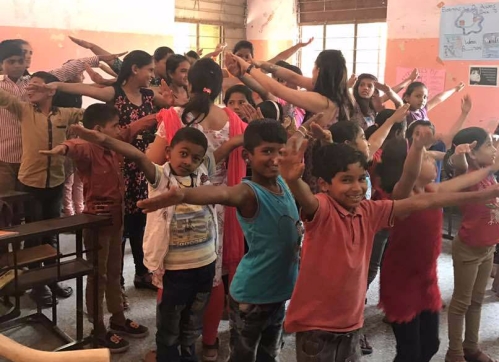
The reason why we idolise the figure of the NGO founder is because we live in a global imagining in which things change due to an individual, courageous and visionary hero. Social entrepreneurs gain their motivation from the love and support that society gives them. They are our heroes of social change. For years feminists have lamented the fact that nurses, social workers, teachers and mothers are our true unsung local heroes; and that ‘leaders’, whether they be tyrannical Napoleons or messianic Gandhis, shouldn’t be idolised to anything more than the individual humans that they really are. Sadly, the development sector is the last place you’re likely to find a critique of the concept of ‘leadership’. We live in an age obsessed with the idea that we need more leaders, and that if there is one thing we should teach kids in school, it’s leadership. No wonder then that social entrepreneurs of education gain motivation from the adoration they receive as future leaders. In a country where the government is routinely criticised for it corruption and archaism, the young social entrepreneur is seen as the golden hero needed to lead India to its rightful place as a ‘global power’.
So is this how motivation works? We are motivated when we occupy a role that has been deemed valuable by the people around us? Possibly. I myself have gained motivation from the fact that I have been funded by the British government to conduct anthropological research on a topic of my choosing. As much as I like to whine about the Establishment, I feel more comfortable now that I am being paid for something that interests me, and I feel a sense of duty to learn deeply and contribute to the academic community of which I am a part. The external praise that I have received in the form of funding has bolstered my belief that I am someone capable of doing high-quality academic work. And yet, this sense of belief sits in direct contrast to my belief that the university system is corrupted by white male privilege and a structural hierarchy that makes it easier for me to win funding over other candidates.
The point is: I gain motivation through praise even when I am aware that the praise is not necessarily due. Social entrepreneurs gain motivation by occupying a role in society in which other members of the elite give them praise. It’s very easy to convince ourselves that we thoroughly deserve the praise we acquire, and especially easy with praise which is socially conferred onto us indirectly through payment or respect. There’s nothing wrong in being motivated by praise, but perhaps we should recognise that how praise is distributed is anything but meritocratic, and at the same time be careful when we call for leaders to tackle the problems of society rather than thinking more carefully about what it is we value and how we have come to value it.
